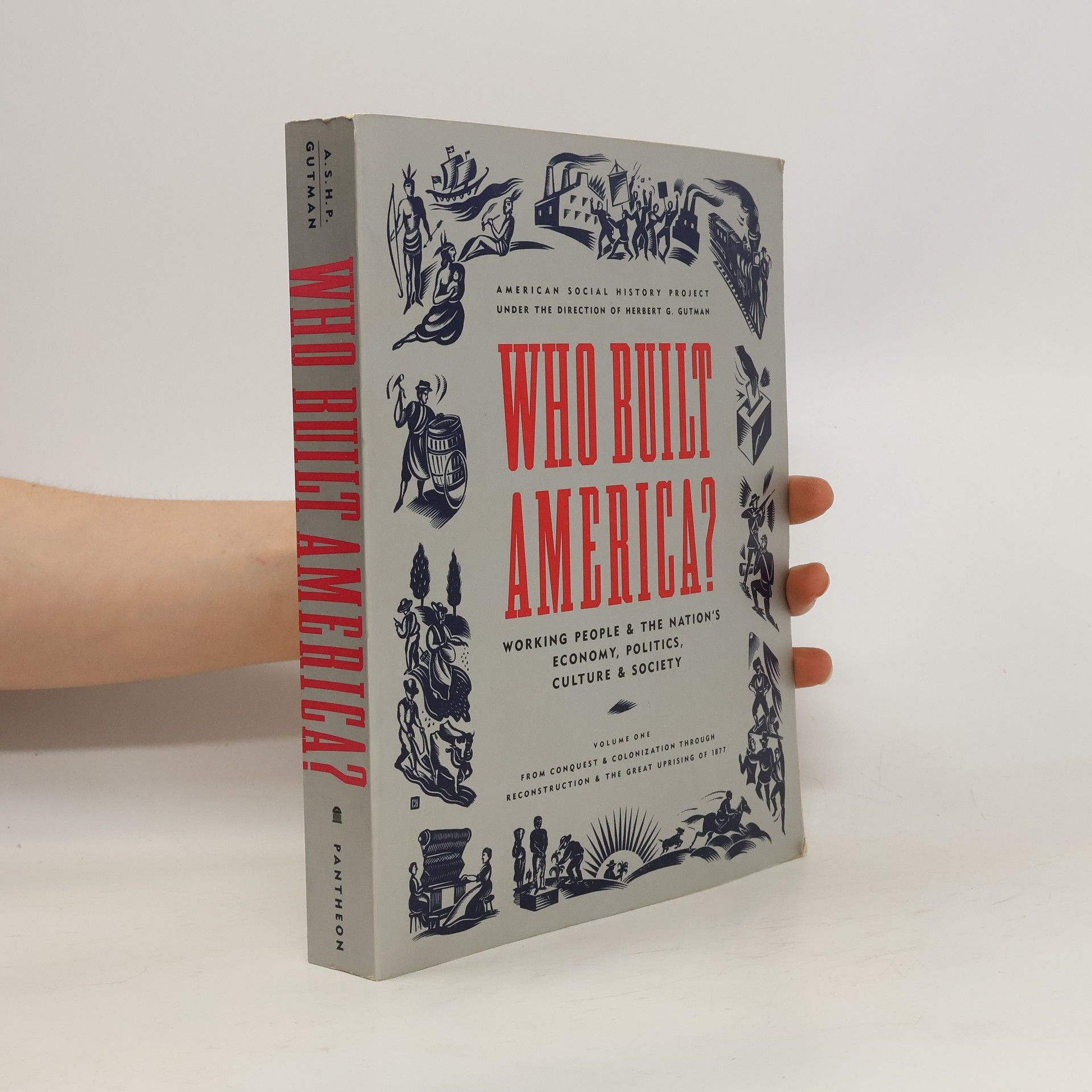At last, an American history about working Americans: what they thought, what they did, what happened to them. Volume One takes us from conquest and colonization through industrial expansion, the Civil War, Reconstruction, and the Great Uprising of 1877
Bruce C. Levine Books


During the nineteenth century, immigrants and their children became central to the U.S. working class. The author examines the early years of this transformation, focusing on German-born craft workers and their significant roles in the economic and political landscape of antebellum America. By interweaving themes like immigration, industrialization, class formation, and the political polarization over slavery, the study sheds new light on the development of the working class and the conflicts leading to sectional war. It begins by detailing the European background of these emigrants, particularly their involvement in the events leading to the 1848 revolution. The narrative follows them to America, placing them within the diverse German-American population and analyzing the political divisions among them, including conservative, liberal, radical-democratic, and Marxist currents. The author highlights the unique contributions of German-American workers to the broader American society, particularly in the antebellum labor movement and responses to significant events like the Kansas-Nebraska Act and the rise of the Republican party. The book also discusses how European memories and traditions shaped the immigrants' experiences in their new environment and concludes by addressing the legacy of the radical craftworker milieu in later years, offering insights into craftwork, nativism, land reform, and the dynamics of the political pa